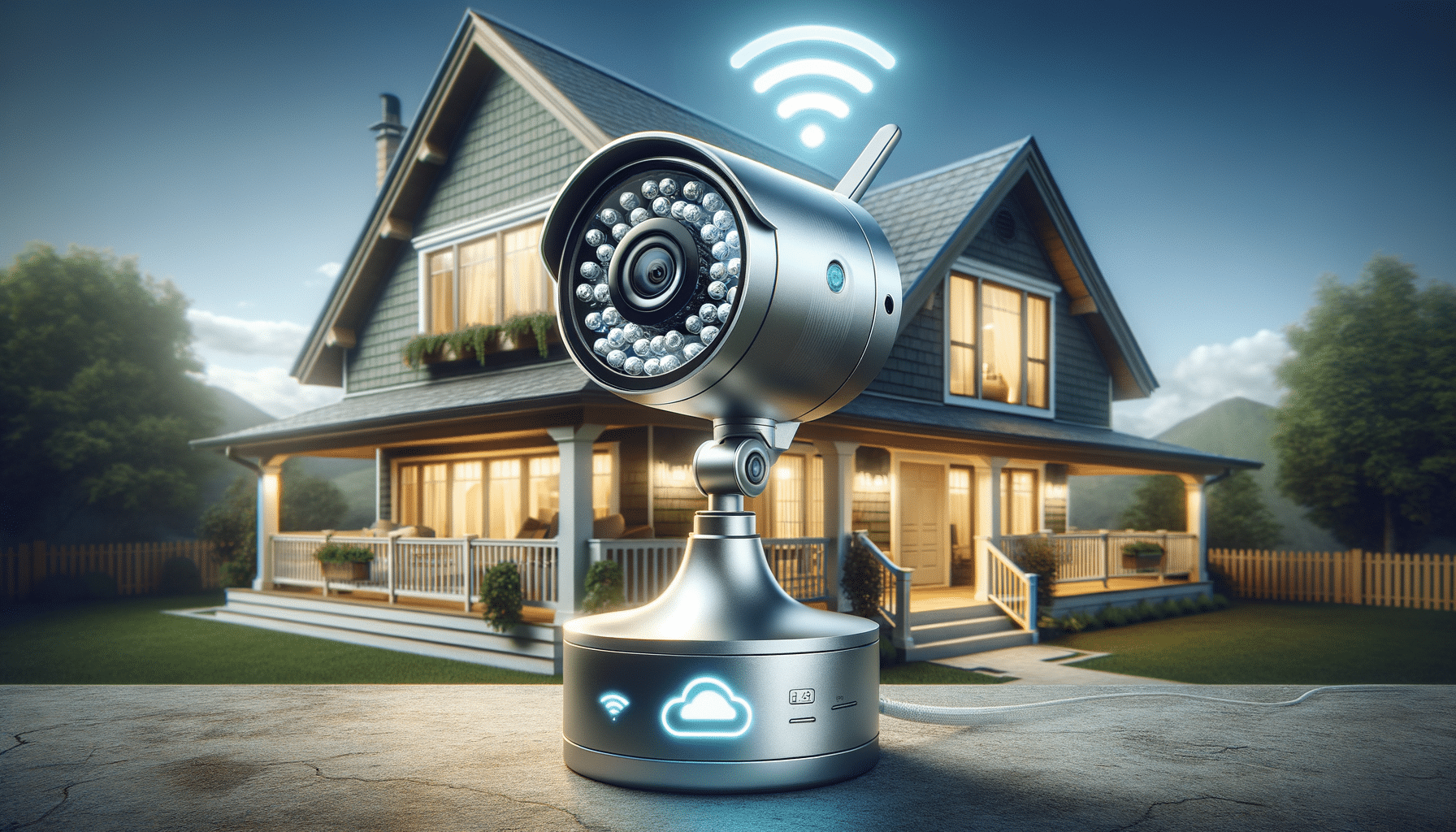
Cloud Managed Security Camera in the U.S
Understanding Cloud Home Security Cameras
In recent years, cloud home security cameras have become a popular choice for homeowners seeking enhanced security measures. These devices offer the convenience of remote access, allowing users to monitor their homes from anywhere with an internet connection. Unlike traditional security systems, cloud cameras store footage in the cloud, providing a secure and easily accessible repository for video data. This technology not only enhances security but also offers peace of mind, knowing that surveillance footage is safe from tampering or local hardware failures.
Cloud home security cameras are equipped with advanced features such as motion detection, night vision, and two-way audio. These functionalities make them an attractive option for those looking to improve home security. Additionally, cloud storage solutions often come with encryption and other security measures to protect sensitive data. By using cloud-based services, users can receive real-time alerts and notifications on their smartphones, ensuring they are always informed about any unusual activity at their property.
Another advantage of cloud home security cameras is their scalability. Homeowners can easily add more cameras to their system without the need for extensive wiring or hardware changes. This flexibility allows for a tailored security setup that can adapt to changing needs over time. As technology continues to evolve, cloud-managed cameras are expected to integrate more seamlessly with other smart home devices, creating a comprehensive and interconnected security ecosystem.
How to View a Cloud Managed Security Camera From Anywhere
One of the key benefits of cloud-managed security cameras is the ability to view live footage from virtually anywhere in the world. This feature is particularly useful for frequent travelers or those who spend extended periods away from home. To access your camera remotely, you typically need a compatible app provided by the camera manufacturer. This app connects to the cloud service where your video footage is stored, allowing you to stream live video or review recorded clips.
Setting up remote access is generally straightforward. Most manufacturers offer user-friendly apps that guide you through the installation process. Once the camera is connected to your home Wi-Fi network, you can log into the app using your credentials. From there, you can adjust settings, view live feeds, and receive alerts. It’s important to ensure that your internet connection is stable and secure to prevent unauthorized access. Using strong, unique passwords and enabling two-factor authentication can further enhance security.
For those concerned about data privacy, many cloud services offer encryption and other security protocols to protect your footage. Additionally, some services allow you to customize storage options, such as selecting specific times or events to record. By leveraging these features, you can ensure that your cloud-managed security camera provides a reliable and secure solution for monitoring your home.
Key Considerations Before Installing a Cloud Security Camera at Home
Before installing a cloud security camera at home, there are several key considerations to keep in mind. First, assess your specific security needs. Determine the areas of your home that require surveillance and the level of coverage you desire. This will help you select the right number and type of cameras to meet your requirements.
Next, consider the compatibility of the camera with your existing smart home devices. Many cloud security cameras offer integration with popular smart home platforms, allowing for seamless operation and control. This integration can enhance the overall functionality of your security system, providing additional features such as voice control and automation.
Another important factor is the cost of cloud storage. While some manufacturers offer free storage plans, these often come with limitations on the amount of footage that can be stored. Evaluate the pricing plans available and choose one that fits your budget and storage needs. Additionally, review the privacy policies of the cloud service to ensure your data is handled responsibly and securely.
Finally, consider the installation process. Some cameras require professional installation, while others are designed for easy DIY setup. Evaluate your technical skills and comfort level with installation tasks before making a decision. By taking these factors into account, you can ensure that your cloud security camera system is effective, reliable, and tailored to your needs.
Conclusion: The Future of Home Security
As technology advances, cloud-managed security cameras are poised to play an increasingly important role in home security. Their ability to provide real-time monitoring, remote access, and secure data storage makes them an attractive option for homeowners seeking enhanced protection. By understanding the features and benefits of these devices, as well as the key considerations for installation, you can make informed decisions about your home security needs.
Looking ahead, the integration of cloud cameras with other smart home technologies is likely to continue, creating a more comprehensive and interconnected security ecosystem. This evolution promises to offer even greater convenience and peace of mind for homeowners. Whether you’re at home or on the go, cloud-managed security cameras provide a reliable and effective solution for safeguarding your property.


